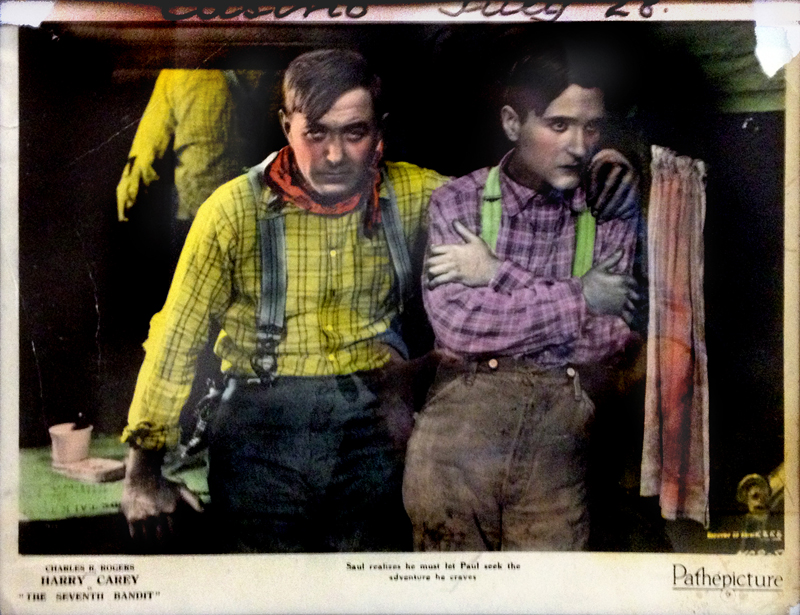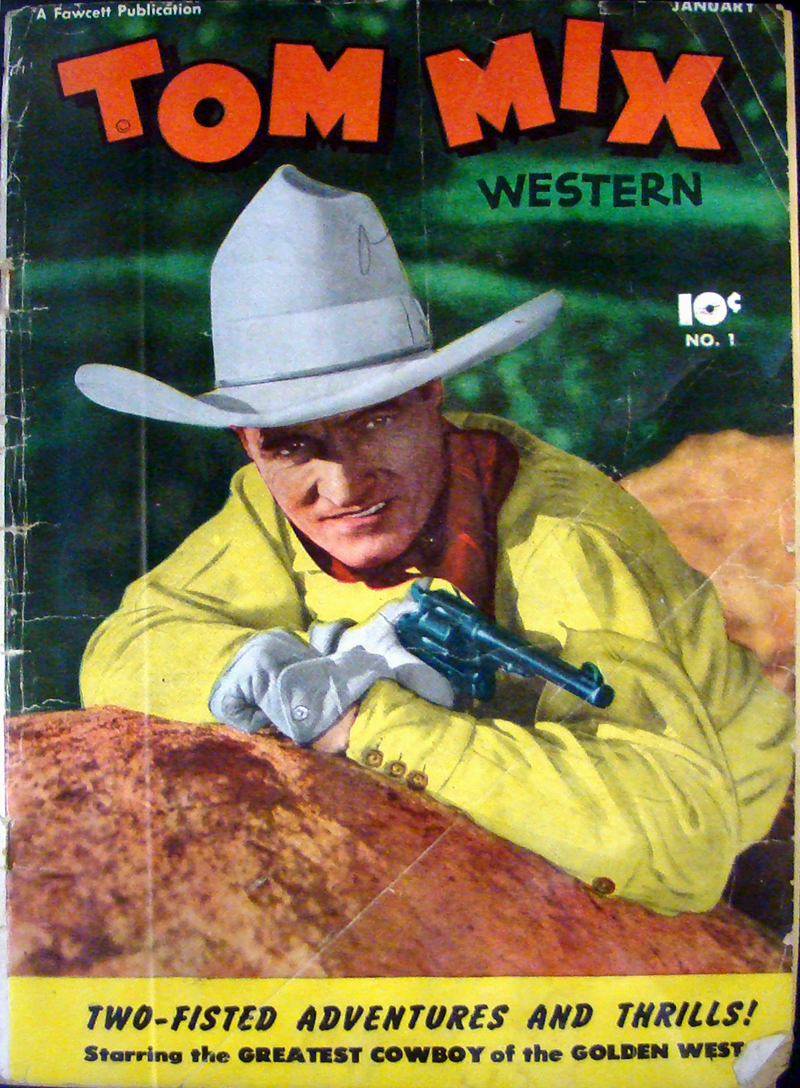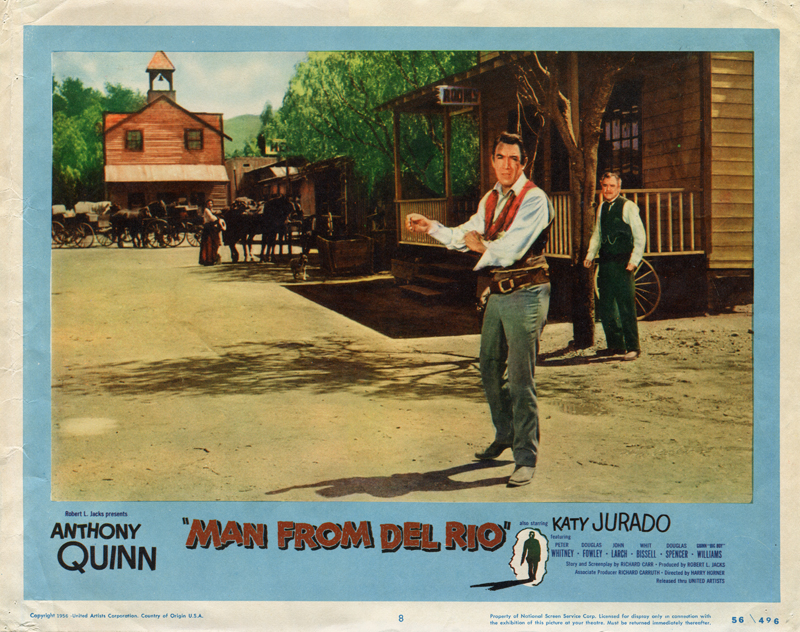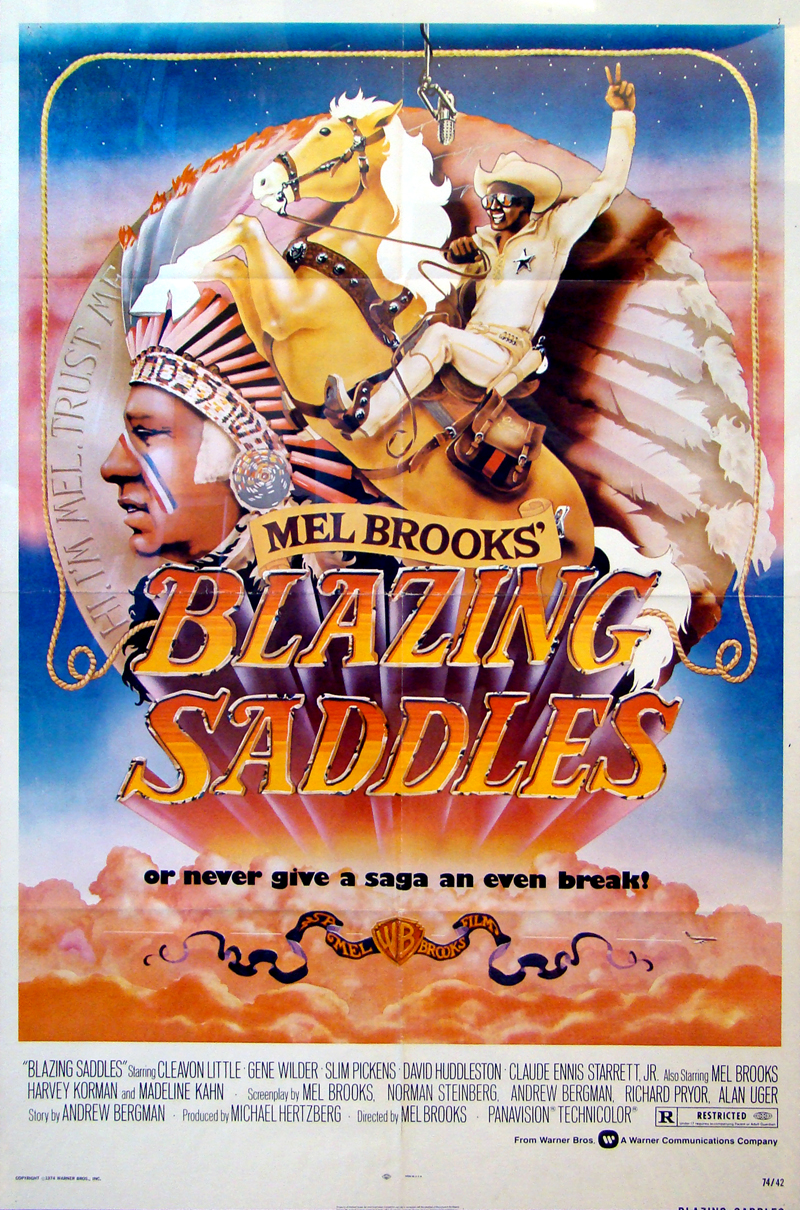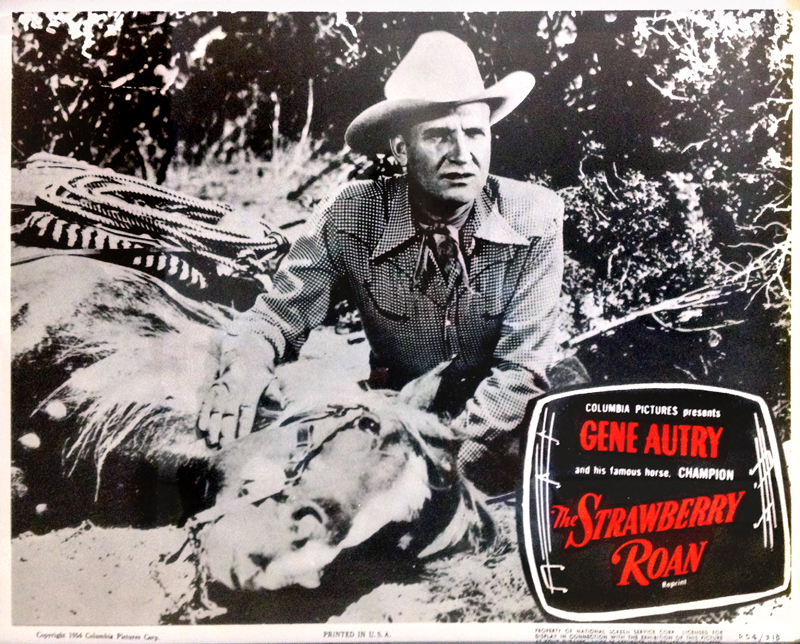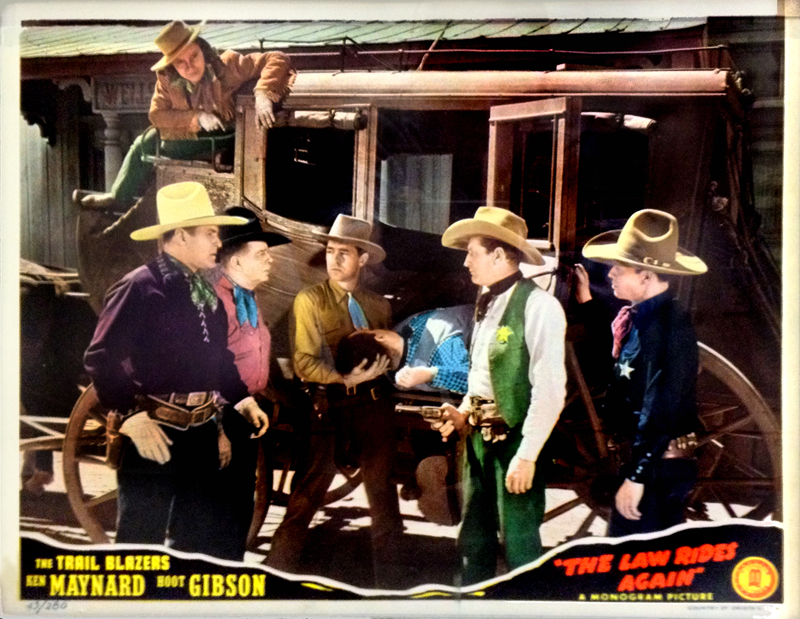|
|
From Tom Mix to "Twilight":
Advertising Art of the Movies
Made in SCV | On Display at the Old Town Newhall Library
FEBRUARY THROUGH MAY 2013
From the dawn of "Western" silent movies to the blockbusters of today, the Santa Clarita Valley has played a starring role in the motion picture and television industry.
Through movie posters and lobby cards (small posters that were displayed in movie theaters to promote coming attractions), this display of motion picture advertising art takes you from Tom Mix to "Twilight" and from the Old West to outer space.
And you never leave the Santa Clarita Valley.
From the time D.W. Griffith retold the tale of star-crossed "Ramona" in 1910, to the modern period with Quentin Tarantino's "Django Unchained" and television's "Vegas," more people have seen the Santa Clarita Valley on screens around the world than just about any other place on Earth.
Santa Clarita's diverse topography, wealth of studios, proximity to Hollywood, accommodating ranchers of yesteryear and "film-friendly" policies of today have attracted filmmakers across time in every genre, whether Gene Autry or Gene Roddenberry, Charlie Chaplin or Mel Brooks, Walt Disney or Steven Spielberg.
And as home to one of the nation's top-rated film schools, Santa Clarita takes a bit of vicarious credit every time Tim Burton or Stephen Hillenburg ("Spongebob Squarepants") receives another Emmy or Oscar nomination.
As for American film actors who've worked here, the appropriate question would be, "Who hasn't?" Even most Hollywood animals come from the Santa Clarita Valley.
Nat Levine was producing movies in Placerita Canyon and other Southland locations in the early 1930s when he hired Gene Autry for an uncredited singing role in "The Old Santa Fe Trail" with Ken Maynard. Levine liked what he heard.
Orvon "Gene" Autry was already an accomplished recording artist — he would later write "Santa Claus is Coming to Town" and record "Rudolph the Red-nosed Reindeer" — and when he transitioned to film, his music became a central element. Music was no longer incidental the story; the story was frequently built around the music.
Audiences loved it. Autry was a $100-a-week player when he appeared at Trem Carr and Ernie Hickson's Placerita Canyon movie ranch in 1935 to star in Levine's "Tumbling Tumbleweeds." A decade later he was earning $13,000 per picture, and a decade after that, he bought Hickson's ranch.
Autry called it "Melody Ranch" after his TV show of the same name, which wasn't shot there, and produced several TV serials, which were shot there, such as "The Life and Legend of Wyatt Earp" with Hugh O'Brien and "Gunsmoke" with James Arness.
Trem Carr and Ernie Hickson came to town in the 1920s to make movies. In 1931, Carr formed Monogram Pictures Corp. and leased property in Placerita Canyon where Hickson built a Western movie town. Located where Disney's Golden Oak Ranch sits today, Carr and Hickson's original ranch launched many careers, including John Wayne's.
In 1936, Carr and Hickson hauled their movie town westward down Placerita Canyon Road and made many of the "B" Westerns that audiences paid a quarter to see at the theater. Following Hickson's death in 1952, Gene Autry bought the ranch and renamed it.
Autry's Melody Ranch was used for feature films and television series until August 1962 when a valley-wide brush fire consumed the Western sets that Hickson had built.
For nearly 30 years the property was little more than a pasture for Autry's movie horse, Champion. After Champion died in 1990, Autry sold the land to the Veluzat family, and like a phoenix rising, Melody Ranch was rebuilt for TV shows like HBO's "Deadwood" and feature films like "Django Unchained," as well as commercial and music video production.
Every year since 1994, "locals" have gotten a personal look at Melody Ranch when it hosts the Santa Clarita Cowboy Festival.
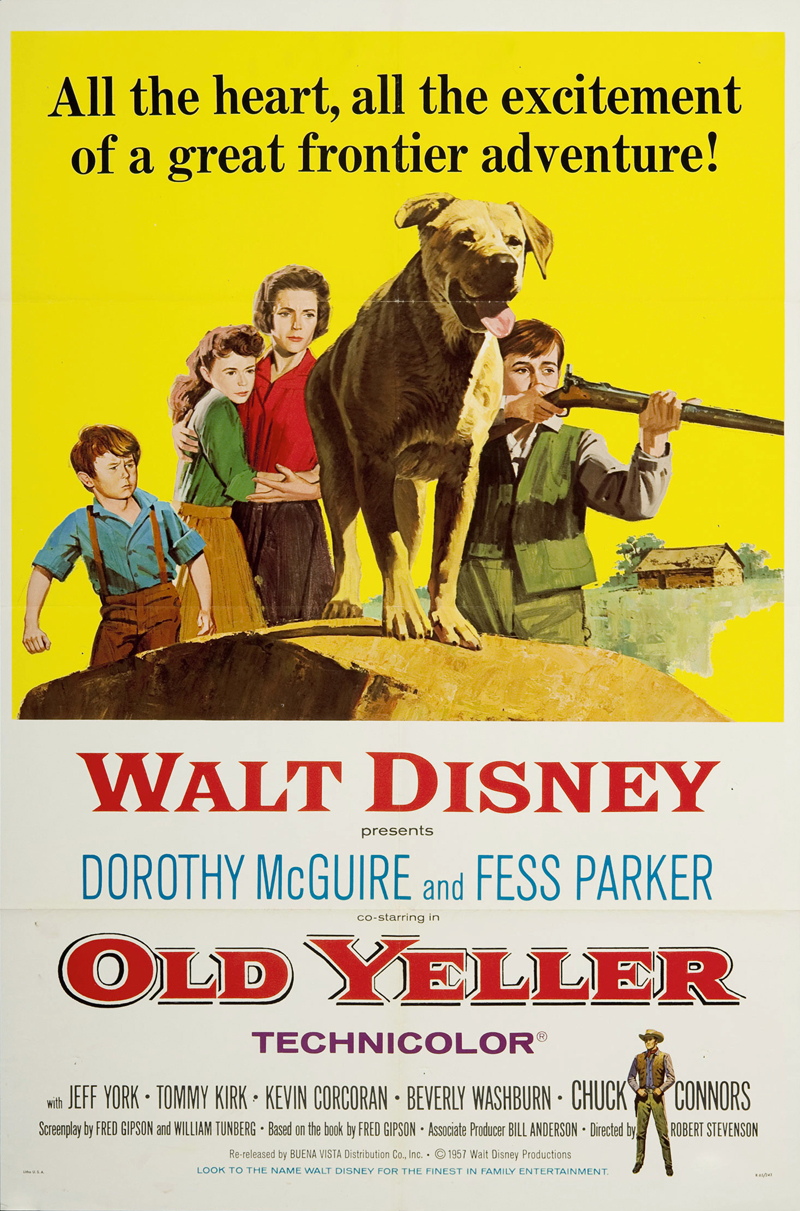
Diverse Scenarios
When a mutt changes a boy's life in "Old Yeller," it happens in Placerita Canyon.
When Captain Kirk battles the Gorn commander in the original "Star Trek" series, the alien planet is Vasquez Rocks.
When a psychotic truck driver chases Dennis Weaver in Steven Spielberg's "Duel," the chase is on Sierra Highway and Vasquez Canyon Road.
When Count Basie performs (and Gene Wilder and Cleavon Little blow up the fake town of Rock Ridge) in Mel Brooks' "Blazing Saddles," it's Agua Dulce.
When Arnold Schwarzenegger walks naked into a bar at the beginning of "T3," it's Sierra Highway.
When alien spaceships attack U.S. cities in "Independence Day," the movie magic happens at Walt Disney's Golden Oak Ranch studios in Placerita Canyon.
When earthlings fight back against the Martian invaders in Spielberg's "War of the Worlds," it's Saugus.
When Kiefer Sutherland can't stop a nuclear bomb from going off in "24," it's Valencia.
It's not all about the Westerns.
The site owner makes no assertions as to ownership of any original copyrights to digitized images. However, these images are intended for Personal or Research use only. Any other kind of use, including but not limited to commercial or scholarly publication in any medium or format, public exhibition, or use online or in a web site, may be subject to additional restrictions including but not limited to the copyrights held by parties other than the site owner. USERS ARE SOLELY RESPONSIBLE for determining the existence of such rights and for obtaining any permissions and/or paying associated fees necessary for the proposed use.
